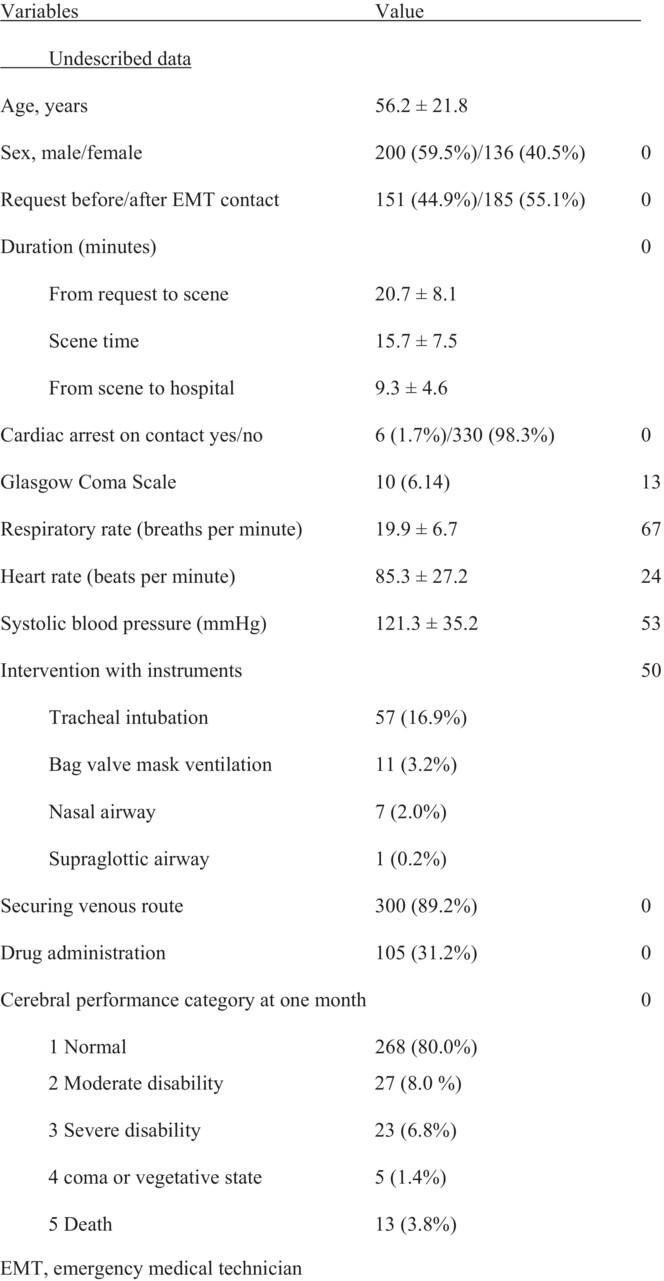Outcome in intoxicated patients transported by a physician-staffed helicopter in Japan from 2015 to 2020
Abstract
Aim
We retrospectively investigated the current status of poisoned patients who had been transported by a physician-staffed helicopter emergency medical service and their final outcomes using data from the JAPAN DOCTOR HELICOPTER REGISTRY SYSTEM.
Methods
The following details of dispatch activity were collected from the database of the JAPAN DOCTOR HELICOPTER REGISTRY SYSTEM: patient age and sex, timing of dispatch request, presence of cardiac arrest, vital signs, medical intervention, main etiology of intoxication, and final outcome. The patients were divided into two groups: those with a good outcome and those with a poor outcome. The variables were compared between the two groups.
Results
A total of 336 patients were intoxicated. Psychotropic drug overdose was the dominant cause, followed by carbon monoxide and ethanol. The median Glasgow Coma Scale score was significantly higher in the good outcome group than in the poor outcome group. The rates of cardiac arrest, interventions to secure an airway and/or assist with ventilation, and drug administration were significantly lower in the good outcome group than in the poor outcome group. There were no records concerning the decontamination of the intoxicating substance at the scene or during air evacuation.
Conclusion
The study suggests that various factors may influence the outcomes of patients with different types of intoxication. These findings offer valuable insights that could help to establish effective treatment strategies and the operation of doctor helicopters for intoxicated patients.


 求助内容:
求助内容: 应助结果提醒方式:
应助结果提醒方式:


